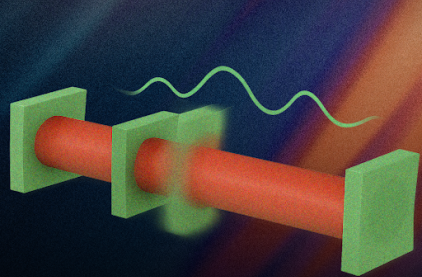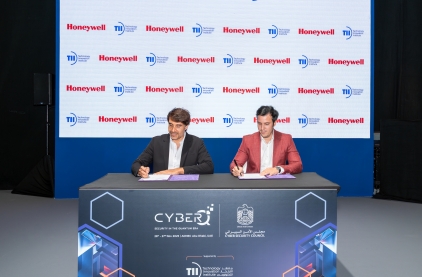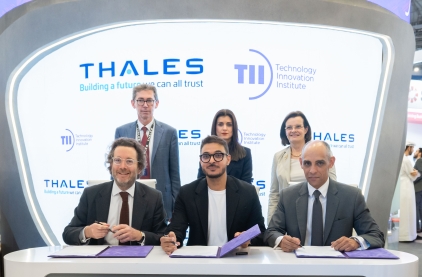At TII, our work results in significant breakthroughs, insights and new intellectual property. We are also committed to engaging with the international academic and scientific community. Our experts regularly share our work through a range of publications, including books, journal articles, patents, presentations and white papers. This work is available below; it is easily searchable by year of publication, publication type or keyword.












